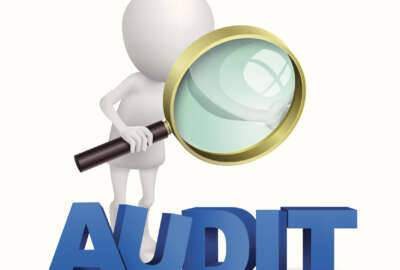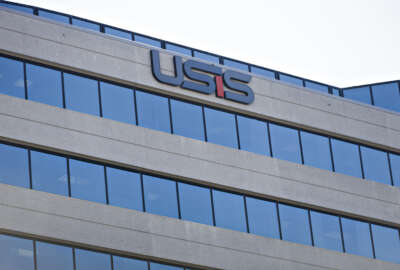
Your Thanksgiving assignment: Find your 2016 health plan
Do your Thanksgiving plans include tossing $2,000 out the window? Senior Correspondent Mike Causey gives you this recipe for saving that money.
Federal workers and retirees have until Dec. 14 (the end of the health insurance open season) to make what could be the most important financial decision they may ever make. What kind of health insurance protection people buy, for themselves and their family, for the 2016 year. It’s one of those situations when doing nothing, burying your head in the sand, refusing to shop, is actually something. Feds and retirees can do one of two things: Here are your options. You can. Between now and then workers can do one of two things:
1. You can do nothing. Which is what the vast majority of people do. Stay in the same plan you’ve been in for years, even though its premiums may have skyrocketed, its benefits (along with your health needs) have changed and your primary doctor may not be in the plan in 2016.
2. Do some comparison shopping. The good news and the bad news are the same: In most cases you have about 30 plans and options to choose from. All of the plans are good, but some simply cost too much for what you get. The government makes it easier than most employers. It pays most of the premium (70 percent or more). And many federal departments and agencies subscribed to Checkbook Guide to Health Plans for Federal Employees. In many cases you can shop at work, online. Compare notes with a colleague whose medical/age/family profile resembles yours. Or you can actually buy the book or the online version yourself ($9.95) . The book is available at many grocery, book and drugs stores in the Washington, D.C. area. Or at www.checkbook.org.
Checkbook looks at health plans several ways. The premium you will pay whether your get a self-only, self-plus-one or family plan. Then it looks at different health scenarios that could happen in 2016. That factors in out-of-pocket costs you will likely have to pay if you have a good medical year, an average year or you are hit with catastrophic medical bills. The book spells out the maximum amount you would have to pay out-of-pocket if your total bills hit $30,000 or more. Here’s an example of some premiums for self-only coverage as rated by Checkbook:
The book says that the premiums for least expensive plans Kaiser Standard, Kaiser Hi option, Aetna Open Access Basic and CarefirstHDHP and Innovation Health (Northern Virginia) and United Health Care Value run between $930 and $1,290. If you have an “average” medical year, it says your total costs (premiums and out-of-pocket) would range from $1,540 to $1,980.
Among the fee-for-services plans, the lowest premiums are offered by the APWU CD (consumer driven) plan, the NALC CD plan, GEHA’s HD (high deductible) and Aetna, which offers a CD and an HD plan. In both kinds of plans, the insurance company opens an account for you. The money can be used for uncovered medical expenses or in the case of an HD plan, it can be invested. It’s yours to keep if you don’t use it. Walton Francis, editor of Checkbook, says some people could build up tax-free accounts of $10,000 to $15,000 over the years. He calls it a “Roth IRA on steroids.” He also talked about it in this archived version of last Wednesday’s Your Turn radio show. You can listen to that show anytime by clicking here.
Among the top-rated, low premium plans, the self-only plan premiums range from $1,350 to about $1,500.
This year, for the first time, feds and retirees have a self-plus-one option. In most cases the premiums will be slightly lower — a couple of hundred dollars per year in some cases — than for family plan. But you need to shop. For more on the self-plus-one, or S+1 option, click here:
Things to look for in any health plan include its catastrophic (how much you might have to pay out) limit.
Also, very important. Be sure your doctor is in the plans network for 2016. Otherwise you will either pay out a lot more each visit, or need to find yourself another doctor.
Shopping for a health plan may not be as much fun as watching football (for some) or eating turkey. Or going to a movie. But it’s an hour or two investment that could save you big bucks next year.
Lots more to come.
Nearly Useless Factoid
By Michael O’Connell
The biggest apple ever picked weighed in at a whopping 3 pounds.
Source: University of Illinois Extension
Copyright © 2024 Federal News Network. All rights reserved. This website is not intended for users located within the European Economic Area.
Mike Causey is senior correspondent for Federal News Network and writes his daily Federal Report column on federal employees’ pay, benefits and retirement.
Follow @mcauseyWFED
More from Federal News Radio:





